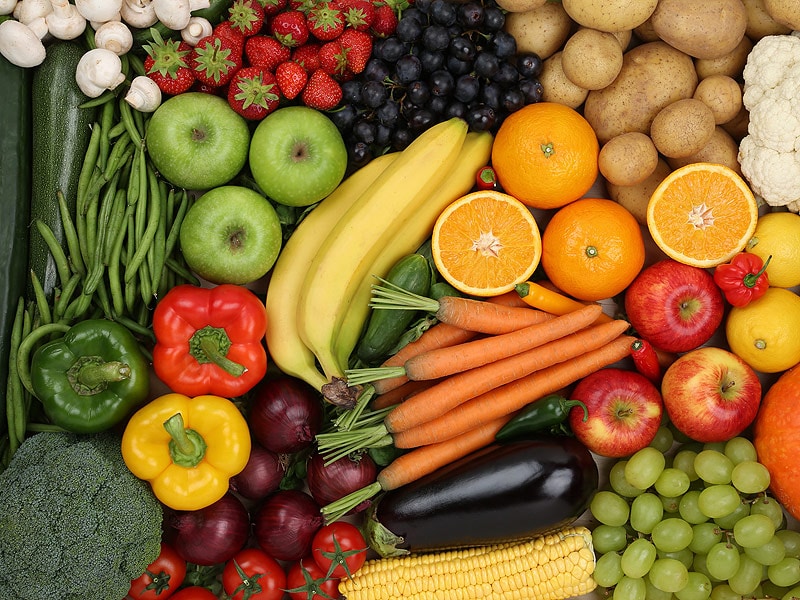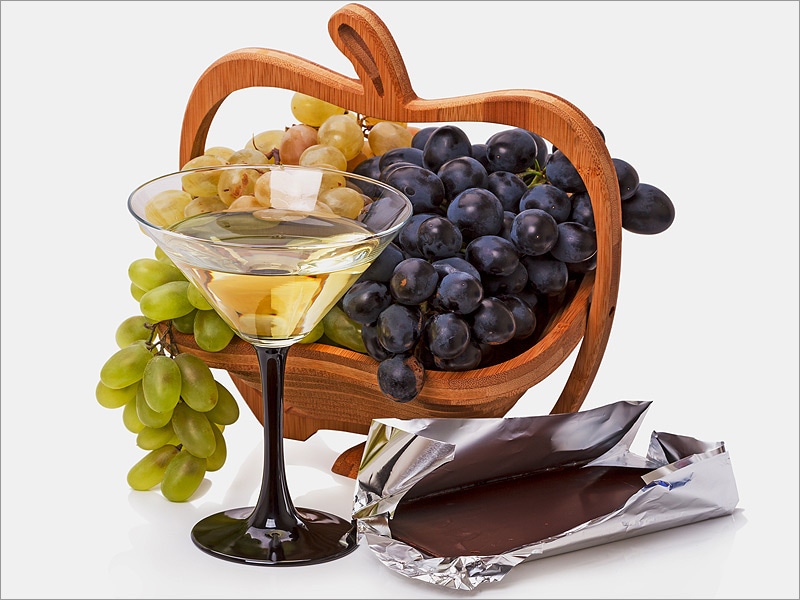Supplementary Facts: Polyphenols' Power Is in Food and Drink, Not in Pill Form
Gayle Nicholas Scott, PharmD
Disclosures | November 21, 2016A Refresher on Polyphenols
"Phytochemicals" are widely marketed as dietary supplements. Advertisements for these supplements often contain such terms as "polyphenol," "bioflavonoid," and a myriad of others that may read as vague or mysterious to most. But what do these terms really mean?
Phytochemicals are chemicals from plants (phyto being the Greek word for "plant") and comprise a wide variety of biologically active substances. Humans and animals cannot synthesize phytochemicals. Examples of phytochemicals include the phytosterols (eg, sitosterol), which are chemically related to cholesterol; terpenes (eg, eugenol); and the indoles, which may mediate the proposed anticancer effect of cruciferous vegetables, such as broccoli.
The most studied class of phytochemicals is polyphenols. The aim of this brief pharmacognosy review is to describe the various classes of polyphenols and subclasses of flavonoids, as well as provide some examples of foods in which they can be found.
To refresh organic chemistry-challenged minds, polyphenols are characterized by the presence of multiple phenolic rings (ie, benzene rings with hydroxyl groups). They are produced by plants to defend against ultraviolet radiation or pathogens. Polyphenols are responsible for some of the color, flavor, odor, and bitterness of fruits, vegetables, grains, and such beverages as tea and coffee. They function as antioxidants and have been reported to bestow health benefits, including protection from cardiovascular disease, cancer, infections, and a variety of other conditions./.../



No comments:
Post a Comment